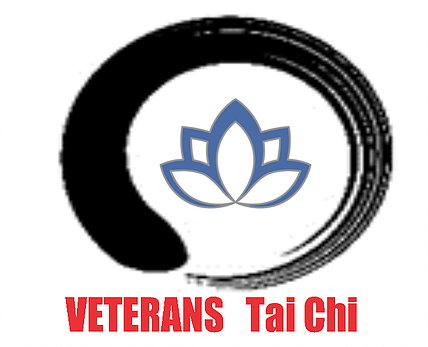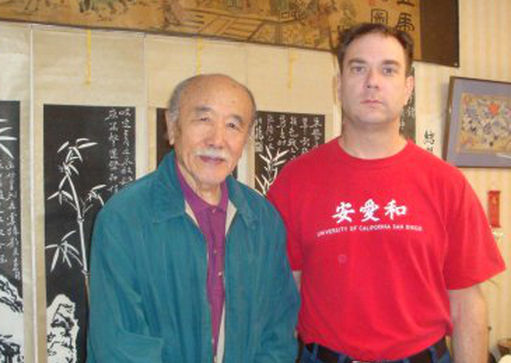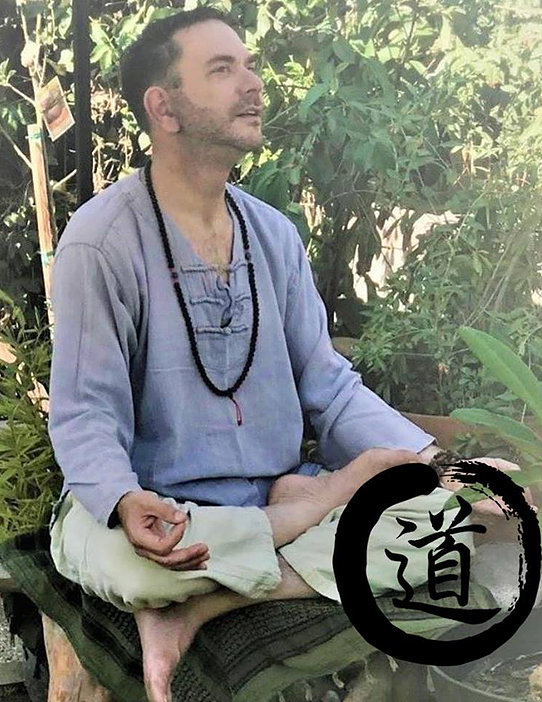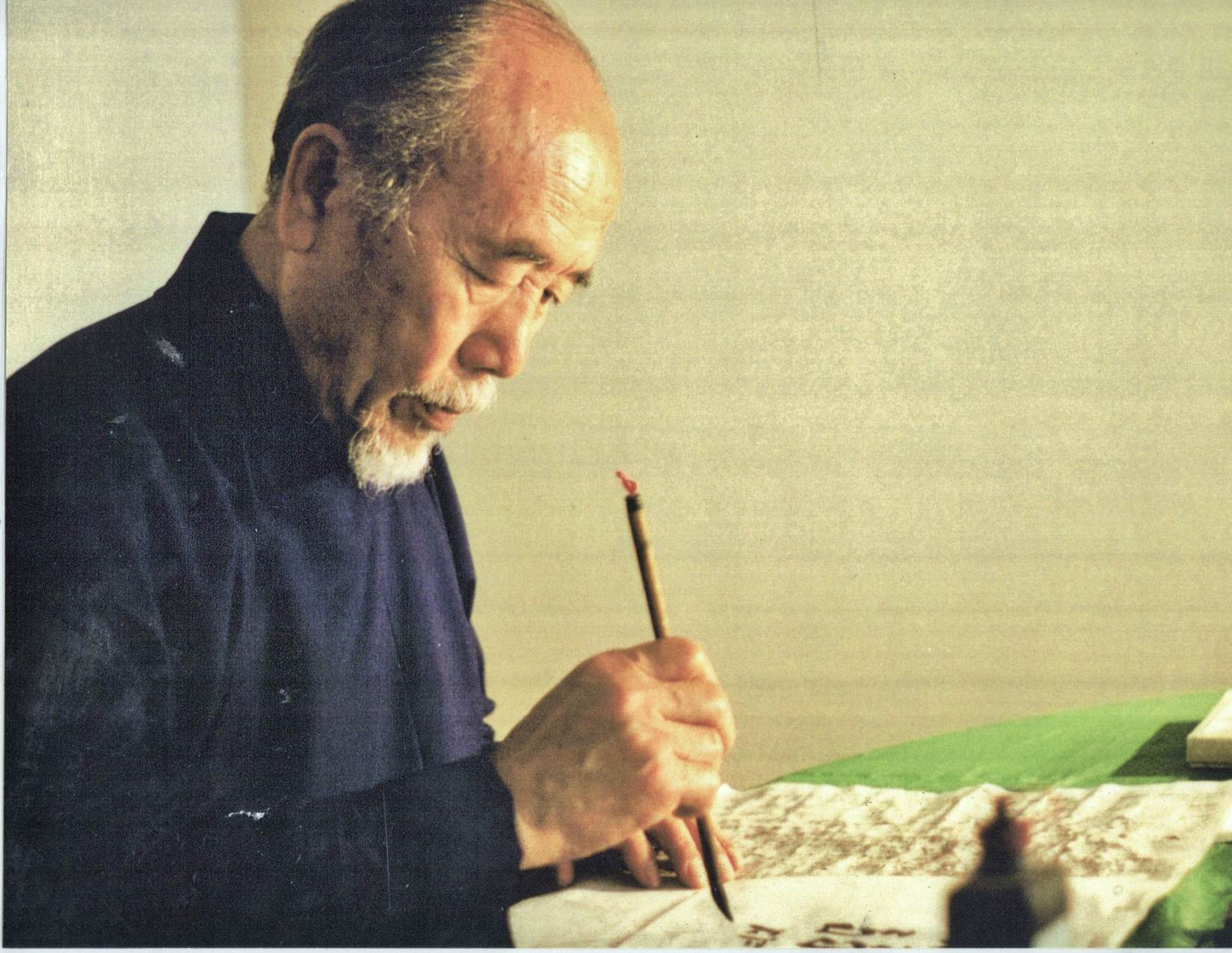
It is our passion and dedication to empower Veterans to take charge of their health
by teaching them Tai Chi to maintain their body, minds, and energies.
Veterans Tai Chi is dedicated to the health and well-being of Veterans,
their families, and loved one’s.
If you or someone you know is a Veteran who is in need of exercise,
healthy lifestyle change, peace of mind, or simply a place to find friends
who know and care, then contact us or just stop by.
With Taoist Philosophy as a ideological foundation of the practice, VETERANS Tai Chi focuses on the 1st & 2nd branches of Classical Chinese Medicine through the cultivation of the soft and gentle energy contained in Professor Chen Man-Ching’s 37 Step Yang Family Form.
Martial Arts techniques and applications are not part of
the Veterans Tai Chi program, students interested in self-defense
are encouraged to enroll in a different school.

INSTRUCTOR
CDR Ruddy FNP
In-House student of General Abraham Liu
has taught Tai Chi courses at several locations in San Diego County and for MWR while deployed In Afghanistan and Africa. CDR Ruddy has also taught Mindfulness in The U.S. Navy through The Warrior Transition Program headquartered in Sembach Germany.

Veterans Tai Chi stresses the importance of the internal and healing aspect of
Tai Chi using the mind-heart to lead Qi and Qi to lead the body movements.
They are used together with correct breathing technique and
relaxed concentration.
It is important to understand that only when the mind, body and Qi
are in accord can you gain the power to generate and enhance the true Qi
and to heal. If you practice with only hands, feet and body without
the mind, you will gain nothing at the end.
-
Tai Chi is based on philosophy of the I Ching and the Yin/Yang theory. On a personal level, when we were born, we were in a state of “Yuan Qi,” (original Qi) which is the Qi we inherit from our parents. When we start life, we are then in a state of “Tai Chi” and everything is divided into Yin and Yang. As we grow older, we wear out our Yuan Qi, because we are not aware of the importance of rejuvenating our Qi through physical exercise. In Veterans Tai Chi the aim and emphasis is to effectively cultivate, strengthen, refine and motivate the Qi in our body. From this fundamental philosophy, it is not difficult to see the importance of the following principles when practicing.
-
The Mind-Heart directs the movement. In order to refine or purify the Qi through the practice of physical forms, you must realize that the mind-heart is playing a very important role. When practicing Tai Chi, one’s movements are required to have three internal harmonies: 1. unity between heart and mind (Mind-Heart) 2. unity between mind-spirit and Qi (Shen) 3. unity between Qi and vitality.
During Tai Chi practice, you will feel that each move contains within it a wave of momentum- initiated by being pictured in the mind-heart, centered in the elixir field (Dan-Tien), rooted in the feet and flowing through the body while being released with the hands.
That is: generated through the mind-heart while the feet are rooted firmly with the earth, the power of the movements can be felt coming from the legs, directed by the energy of the waist, circulated through the body and finally manifested as life-strength in the hands and expressed as Qi in the finger tips.
-
In Tai Chi movements should be in harmony, natural and relaxed. In “The Professor’s” (zhengmanjing- Chen Man-Ching) 37 step form, it is especially stressed that one’s movements need to be well coordinated and smoothly connected like the flowing of water. Crucial to the proper performance of the Tai Chi Form is correct breathing. Correct breathing is abdominal breathing. Breathe naturally and deeply through the nose into the abdomen, neither holding your breath nor forcing the breath. Allow the pace of your breath to slow down. The mouth should be gently closed and your tongue should be lightly touching the upper palate inside the mouth.
The legacy of “The Professor’s Form” is that Master Chen Man-Ching (zhengmanjing) rediscovered the YIN energy inside the Yang Family form as it was taught to him by his teacher Yang Chen-Fu. It is the soft, YIN energy and overall SPIRIT of GENTLENESS that is emphasized in “The Professor’s Form” and taught at VETERANS Tai Chi.
